- 30 years on top
- The founder
- The first road car
- Genesis of the F1
- Three seats
- Luggage space
- The engine
- Plenty of power
- High performance
- The doors
- Celebrity drivers
- The GTR
- Le Mans
- The F1 LM
- The F1 HDK (or HDF)
- The long-tail
- The F1 GT
- End of the road
- The follow-up
- The McLaren F1 today
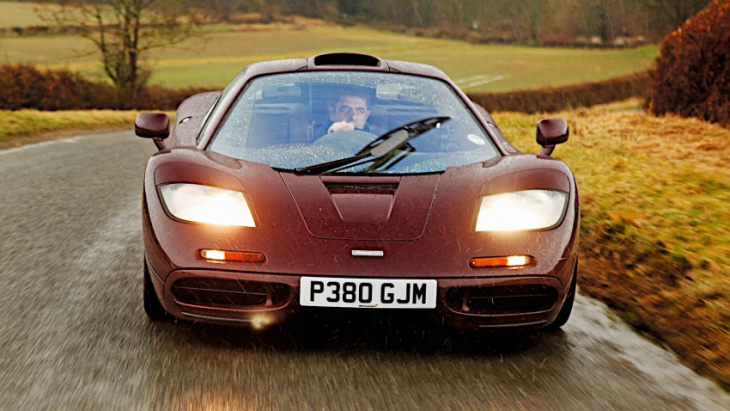
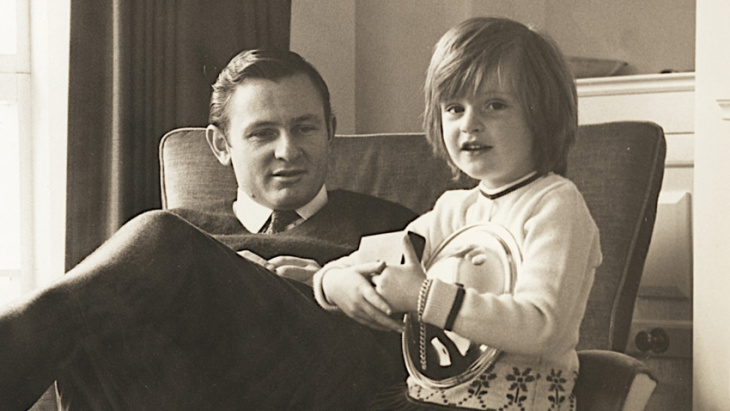
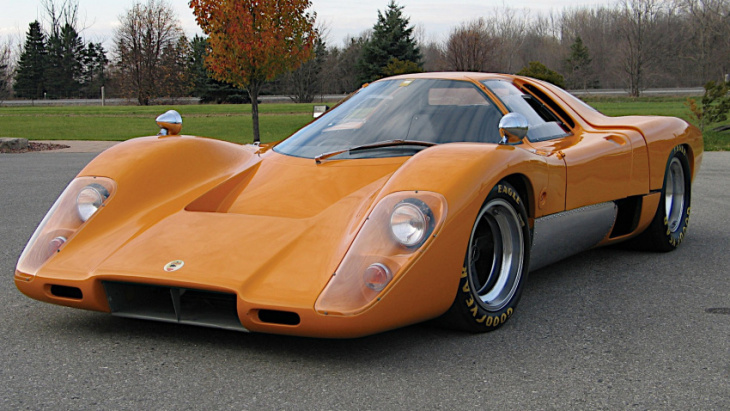
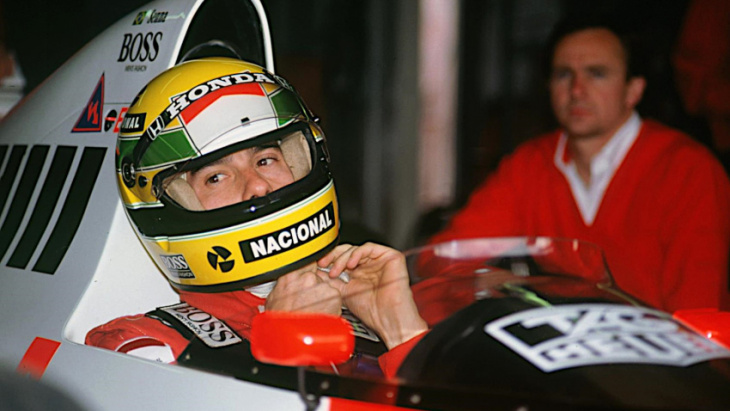

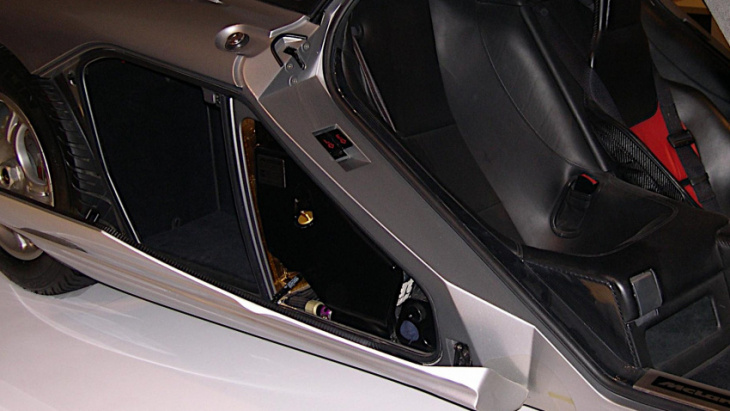
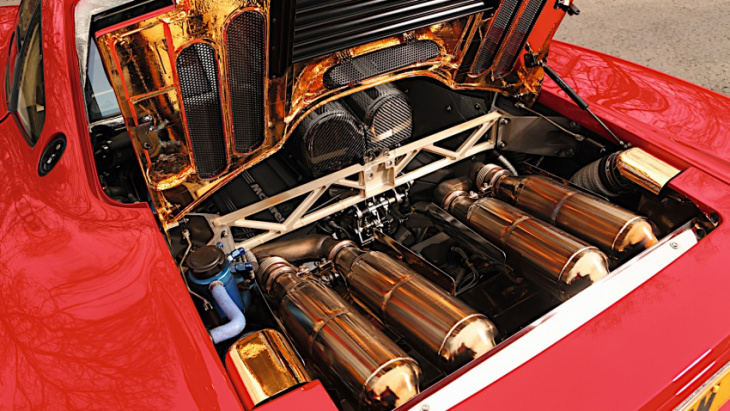
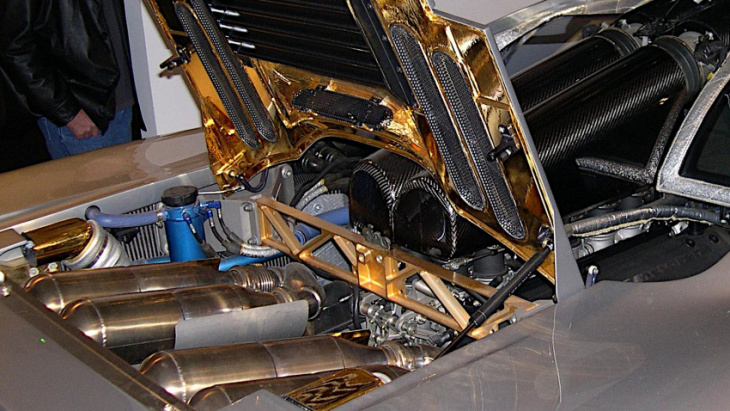
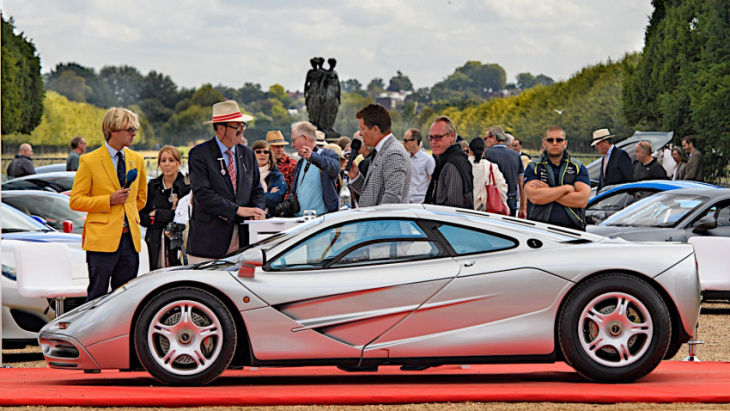
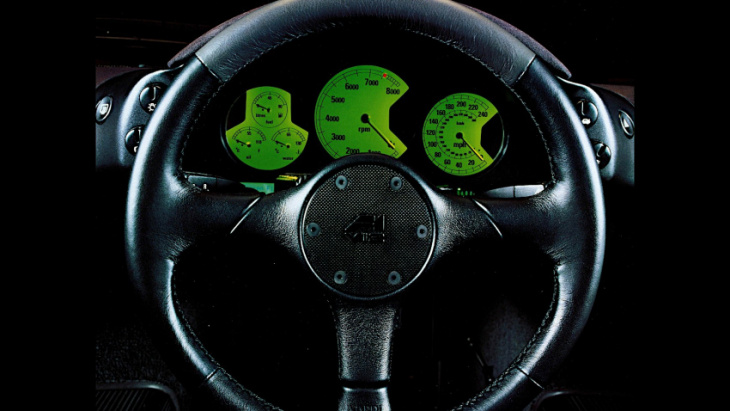
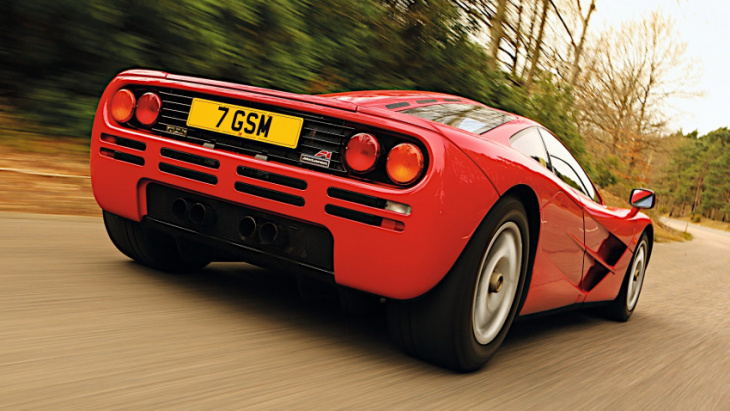


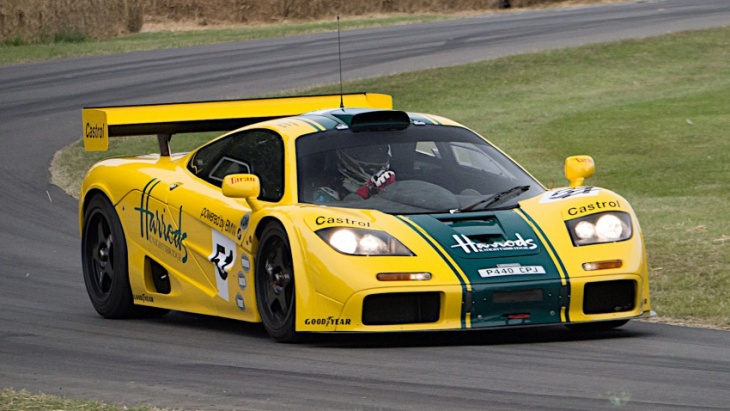
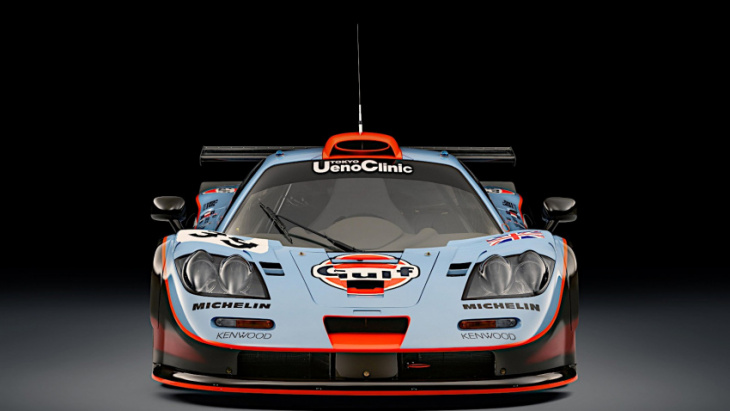
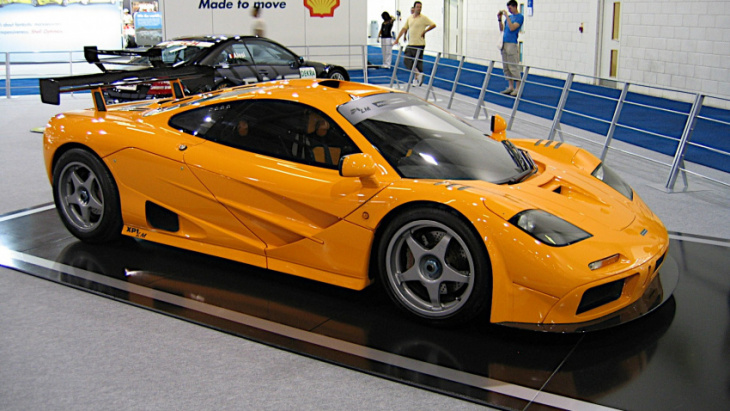
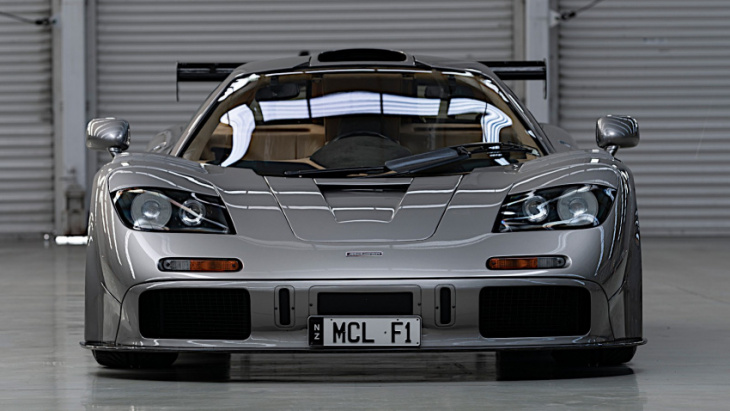
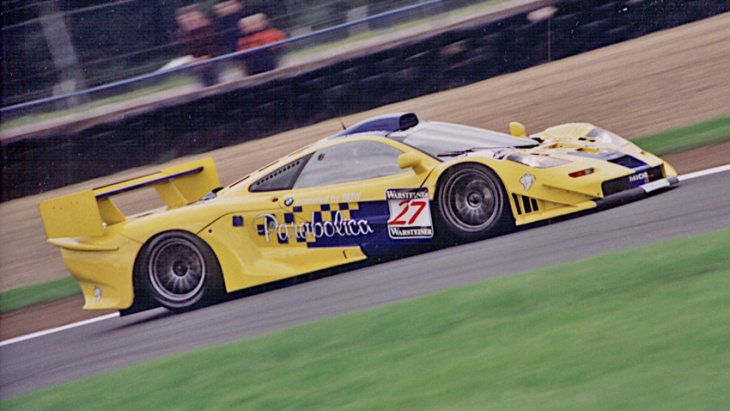
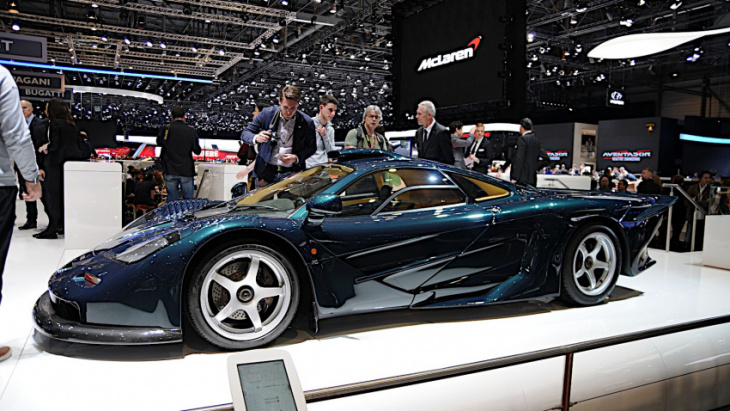

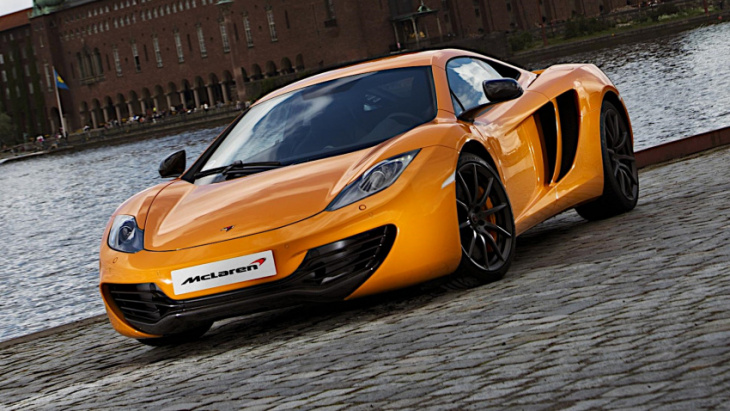
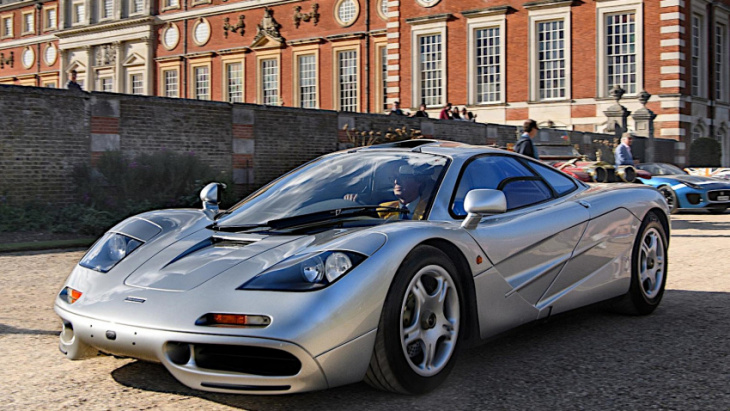
30 years on top
Thirty years ago in Monte-Carlo, just before the 1992 Monaco Grand Prix, a company known almost entirely for its racing cars unveiled its first ever purpose-built road vehicle.
The McLaren F1 was intended to be the ultimate supercar, and that is exactly how it was perceived.
Although it now looks dated (mostly due to the elegant simplicity of its design), the F1 is still one of the fastest cars ever made available to the general public, or at least to a wealthy subsection of it.
So let’s celebrate its 30th birthday.
The founder
McLaren takes its name from Bruce McLaren, a New Zealand-born racing driver who began competing in a modified Austin Seven.
McLaren (pictured here with his daughter Amanda) became very successful and moved to the UK. He established his own company in 1963, while still racing for Cooper, and set up his own Grand Prix team two years later.
The first road car
McLaren’s earliest road-car project was the M6GT, a Chevrolet-powered coupé based on the M6A sports racer.
There were plans for Trojan (which manufactured racing McLarens for private customers) to build 250 examples of the M6GT, but the project was cancelled after Bruce McLaren was killed in a testing accident at Goodwood in 1970, aged just 32.
Genesis of the F1
The idea of the F1 was first discussed in an airport lounge in Milan in 1988.
McLaren was dominating Grand Prix racing at the time, partly due to the efforts of Ayrton Senna (pictured), after whom a future McLaren road car would be named.
Chairman Ron Dennis, director Mansour Ojjeh, technical director Gordon Murray and head of marketing Creighton Brown were looking for business opportunities outside motorsport, and decided that one way forward would be to develop an extraordinary road car.
Within two years, McLaren Cars had been set up, and many of the F1’s features had been thrashed out in a meeting which lasted for 10 hours.
Three seats
Renowned designer Peter Stevens was commissioned to determine the shape of the F1.
According to McLaren, he worked from the inside out. One of his starting points was therefore the seating arrangement, where the driver sat almost in the centre of the car, with space for passengers on either side.
This was not a unique development (the one-off Circa of the previous decade, for example, had the same layout plus two side-facing seats in the rear), but it was an astonishing feature for a series-production vehicle.
Luggage space
Most of the space in a supercar is devoted to the occupants, the drivetrain and the suspension, leaving very little for luggage.
This was also an issue in the F1, but McLaren helpfully provided side luggage compartments to improve the load capacity.
The engine
The F1 was powered by a V12 engine supplied by BMW.
Approximately based on the German company’s first car engine of that type, known as the M70, the S70/2 was a naturally aspirated 6.1-litre unit with four valves per cylinder, a dry-sump oil system and variable valve timing.
Plenty of power
The S70/2, which was never used in any production car other than the F1, was rated at 618bhp, and developed up to 480lb ft of torque.
A motorsport-specific version called the S70/3 was subsequently developed for BMW racing cars.
Carbonfibre
A crucial feature of the F1 was the fact that its monocoque was made of carbonfibre, a material McLaren was already familiar with after using it for its Grand Prix cars for over a decade.
Despite its large engine and substantial gearbox, the F1 therefore weighed just 1140kg, or within 200kg of the contemporary Mazda MX-5.
High performance
The F1’s combination of high power and low weight was very effective. In independent testing, an F1 accelerated from rest to 60mph in 3.2 secs, to 100mph in 6.3, to 150mph in 12.8 and to 200mph in 28 secs flat.
The car’s speedometer read up to 240mph, which – as these things always are – was an exaggeration of the car’s ability, but not by much.
Safety
As well as being light, carbonfibre is tremendously strong.
This was inadvertently demonstrated when a prototype F1 crashed at over 150mph during hot-weather testing in Namibia.
That would have been a disaster in most cars, but in this case the driver escaped from the wreckage without major injury.
The doors
From a range of possibilities, McLaren chose to fit the F1 with upward-opening dihedral doors.
While these would be very inconvenient if an F1 landed on its roof, the car was very little wider with the doors open than it was when they were shut, which made life a lot simpler in car parks.
The arrangement also made it easier for the driver and passengers to enter and exit over the wide sills.
Celebrity drivers
The F1 was unveiled in 1992, entered production in 1993 and customer deliveries began the following year.
It immediately grabbed the attention of famous people who enjoy cars and could afford the £675,000 McLaren initially charged for this one.
Included on that list were Rowan Atkinson (pictured), George Harrison, Ralph Lauren, Jay Leno, Elon Musk, Nick Mason and the Sultan of Brunei.
The GTR
McLaren had no plans at first to go racing with the F1, since it was already busy with its Formula One Grand Prix programme.
In response to enquiries from race teams, however, it created the motorsport-specific GTR.
There were many changes, including to the suspension and aerodynamics, but compulsory air restrictors meant that it was actually less powerful than the road car it was based on.
Le Mans
Despite its road-car roots, the GTR was very successful.
Its outstanding performance was at the mostly wet 1995 Le Mans 24 Hours race. Seven GTRs were entered, and the five that finished were placed first, third, fourth, fifth and 13th.
In the same year and the one after, the GTR was the top car in the BPR Global GT series, the forerunner of the FIA GT Championship.
The F1 LM
To celebrate its triumph at Le Mans in 1995, McLaren built five examples of an F1 derivative called the LM.
Its engine was in the same state of tune as the GTR, but with the air restrictors removed it produced a maximum of 670bhp.
Despite that, straight-line performance was actually lower because of the extra aerodynamic aids, which included a large rear wing, but the resulting downforce meant that it was also a lot quicker through corners.
The F1 HDK (or HDF)
McLaren converted two existing F1s into cars known variously as HDK or HDF.
They are unusual in that they had both the unrestricted 670bhp version of the V12 engine and a high-downforce kit.
The wheels were also one-inch larger in diameter than standard, at 18 inches, and the suspension was uprated.
The long-tail
When the BPR Global GT Series was replaced by the FIA GT Championship, a new set of technical regulations came into play, allowing more aerodynamic aids.
McLaren responded to this by lengthening the body at both ends (inspiring the nickname ‘long-tail’) and mounting the rear wing further back than before.
The car was still competitive, but the season was dominated by the Mercedes-Benz CLK GTR, which was essentially a race car with a road-going derivative rather than, in McLaren’s case, the other way round.
The F1 GT
The GT was a very limited-production road car with the same long-tail bodywork as the last of the GTR racing models.
It retained most of that car’s aerodynamic treatment, but it lacked the rear wing used on the GTR, and indeed on the LM.
End of the road
Production of the F1 came to an end in 1998 after 106 complete examples had been built.
Of these, 64 were regular road cars. In addition, there were 28 racers (including 10 long-tails), six LMs, five prototypes and three GTs.
McLaren then teamed up with Mercedes-Benz – the rival company to the one which had supplied the F1’s engine. The resulting Mercedes SLR McLaren went on sale in 2003.
The follow-up
The next production McLaren, created by a new division called McLaren Automotive, was the MP4-12C, later known simply as the 12C.
On sale from 2011, it had a V8 engine co-developed by McLaren itself and Ricardo, and a more conventional seating arrangement (one each side of the centre line), but it had a carbonfibre monocoque.
All McLaren road cars since have had this design feature, which dates right back to the F1.
The McLaren F1 today
Although it was discontinued 24 years ago, the F1 remains one of the most impressive supercars in history.
It is still one of the fastest cars ever put into production, and it gave McLaren the honour of being one of the very few manufacturers to win Le Mans at its first attempt.
F1s are still highly prized. In August 2021, a low-mileage example sold for a spectacular $20,465,000 at the RM Sotheby’s Monterey auction.
Keyword: McLaren F1 at 30
